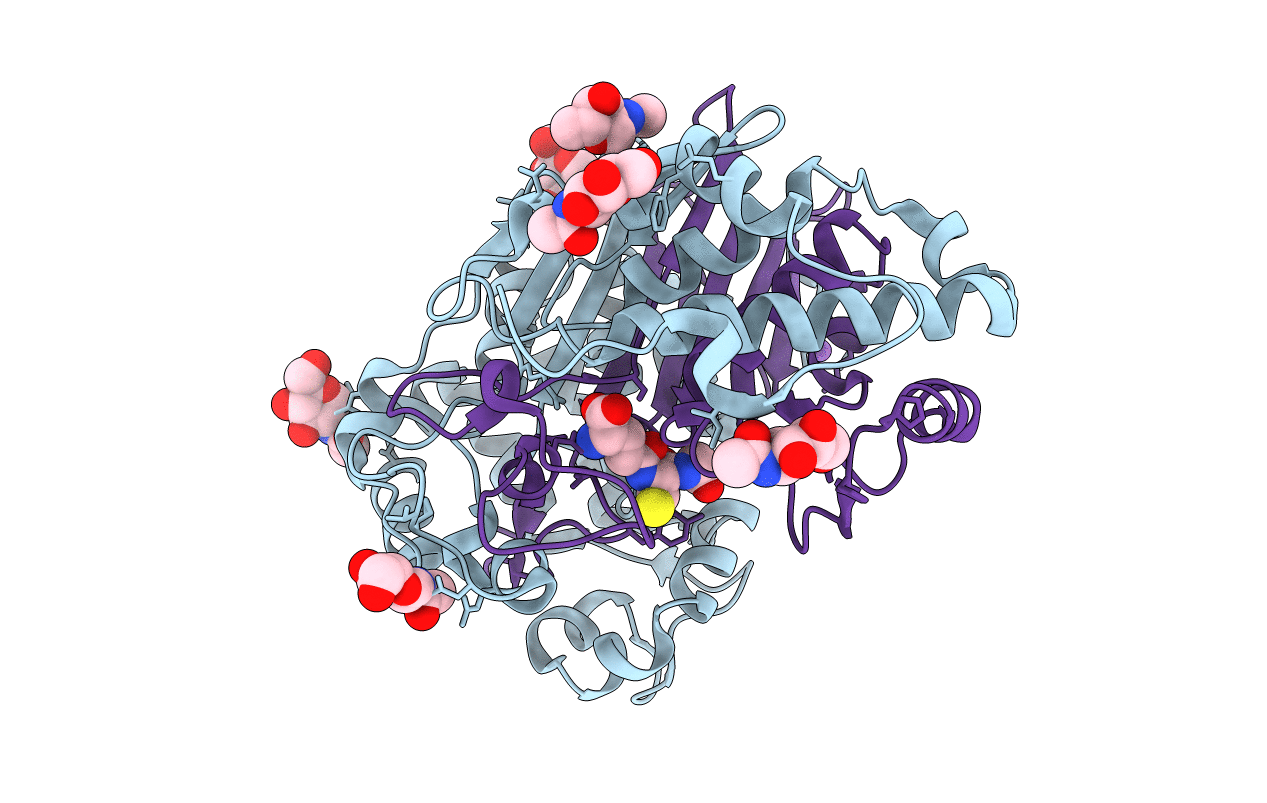
Deposition Date
2020-07-08
Release Date
2020-11-25
Last Version Date
2024-12-25
Method Details:
Experimental Method:
Resolution:
2.26 Å
R-Value Free:
0.21
R-Value Work:
0.15
R-Value Observed:
0.16
Space Group:
C 2 2 21


